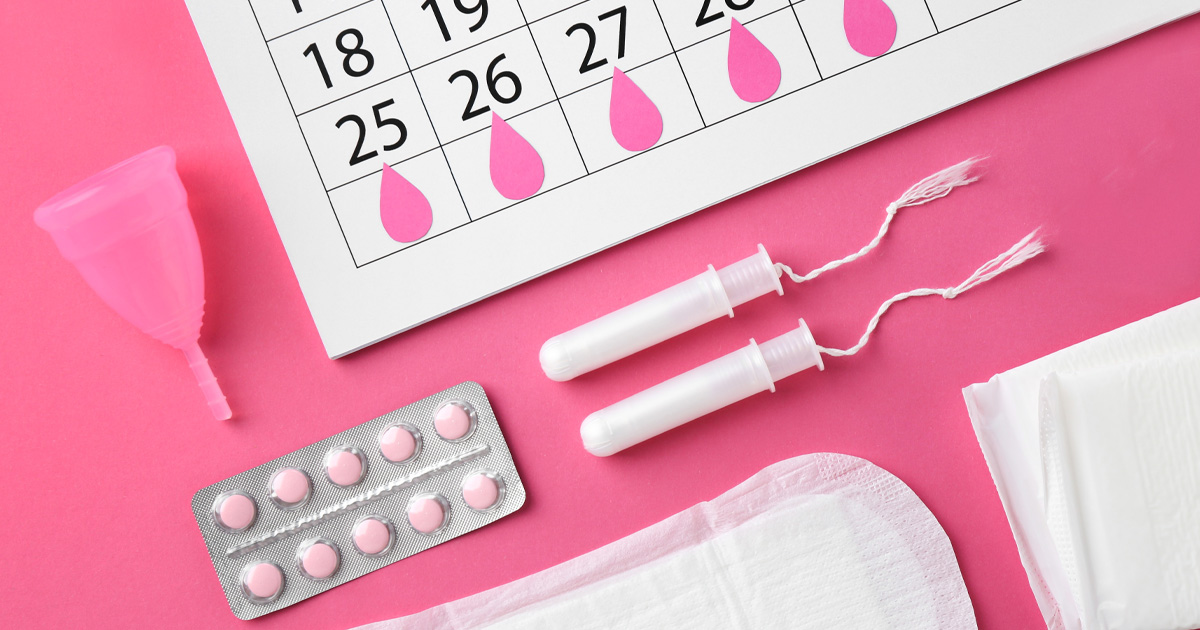
Exercise & Nutrition, Self-care
Exercising Safely in Winter
Even before pandemic restrictions and social distancing measures added obstacles between you and your favorite elliptical machine, the cold and snowy weather can make it difficult to stay active and get the exercise your body and brain need to stay healthy through the winter months. We’re sharing a few tips and strategies to make sure you can safely get moving this winter!
Preparation is Key
Our homes have had to become a lot of things for us lately: a second office, a second school, a background for virtual happy hour 😊, so it stands to reason that, with a few adjustments, it can become your next favorite gym or yoga studio — juice bar optional.
Preparation starts with making sure the space you intend to use is clear of obstacles for the full range of motion you’ll need. Even if it means shifting some furniture around to be sure you are in the clear, a little bit of prevention here can save a needless mechanical injury during your workout. Similarly, make sure that any surfaces you’ll need to rely on for support are adequately padded to prevent overstressing any joints. Exercise or yoga mats are readily available online and can mean the difference between feeling the burn and feeling the back injury.
Once your new workout space is prepared, it’s time to prepare yourself. Take the same approach to your exercise gear as you would if you were heading to the gym or yoga studio, and don’t be tempted to let the home-based nature of your workout suggest you should skip the basics. Choose flexible clothing that breathes well and wicks moisture away from your skin and wear properly designed athletic shoes to make sure you get the lateral and arch support needed to prevent foot or ankle injury.
Also, no commute to the gym means you can give yourself plenty of time to adequately stretch before your workout! Your muscles, ligaments, tendons, and joints need to be warmed up and prepared to go through repeated full ranges of motion, or else you risk everything from extra soreness to more severe inflammation or tears. Need some guidance? Checkout this fantastic 5-minute how-to video from our friends at Women’s Health magazine to help you prep for your best workout yet.
Whether you prefer workouts focused on aerobic activity and endurance, strength training, or balance and flexibility, the combination of widespread changes in access to exercise facilities and abundant guided online workout options means that your next amazing home workout is just a click away. Just be sure to take proper steps to prepare yourself and your new home exercise space to maximize the effectiveness of your workout, while minimizing your risk of injury. Ready to get started? Checkout this list of free home workout resources, and a resource for some expert recommended paid services.
If You Do Take That Workout Outside…
Dress dry and warm in layers—that means keeping your innermost layer from collecting moisture and conducting heat away from your core. Stick to clothing that wicks moisture away, especially at the innermost layers. Synthetic materials such as polyester or nylon work great for this—make sure you layer for warmth with this in mind.
Outdoor winter workouts may also mean you’re out there for longer periods when shorter days mean darker conditions, so it’s important to wear bright, reflective colors to be visible to others, especially to drivers if you are running after dark. Remember to run against the flow of traffic, lose the headphones to increase your own awareness, if you can, bring your phone in case something goes wrong. For those who aren’t completely comfortable exercising alone in the dark and would like to add a simple measure of security, reasonably priced keychain alarms or personal alarms are readily available and provide a big deterrent in small package.
Also be sure to take steps to protect your skin and extremities. Moisturize and apply sunscreen (yes, you can get sunburn in the winter), and make sure to wear a hat/head covering and gloves made of the same synthetic materials discussed above to wick away damaging moisture from your skin. Tip: it’s always a good idea to carry spares in case the first set becomes too damp!
Don’t forget your feet! Choose thick socks made of the same wicking, synthetic materials mentioned above, and be careful with hi-tech workout exercise footwear. Most are designed to help heat escape your body as you burn those calories, but this also means that they let the cold winter air right back in. Most major athletic brands sell winter-weather running/exercise footwear or shoe covers which provide the comfort, support, and traction you need to get that heart rate up while regulating the temp of your toes.
Finally, with any strenuous exercise, hydration is key. While the cold may prevent you from noticing how much you are sweating, especially if you’ve selected appropriate gear, even a small amount of exercise in colder temperatures will cause you to lose a significant amount of the water and nutrients your body needs to regulate temperature, remove waste products which build up during exertion, and cushion your joints. A good one-hour workout can cause to lose anywhere from 1%-4% of your body weight to perspiration. Drink plenty of water, and if you like, supplement (but do not replace) with electrolyte infused energy drinks.
Exercise is so important, not just as a preventive step to guard against a host of physical health issues, but also for a healthy, balanced emotional state. Use the tips and strategies shared here, and don’t let the cold winter weather delay a healthier you.









































